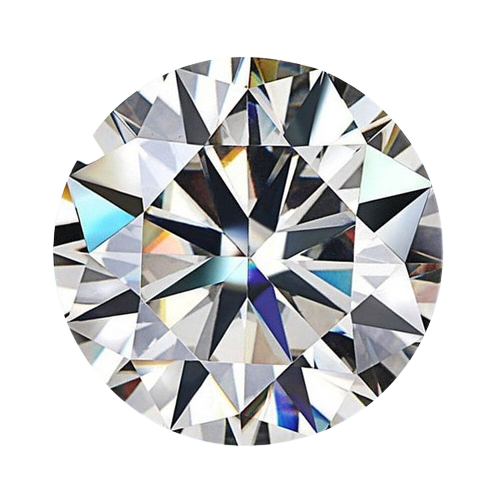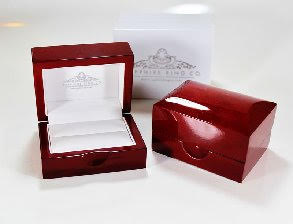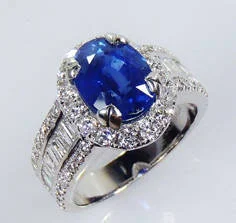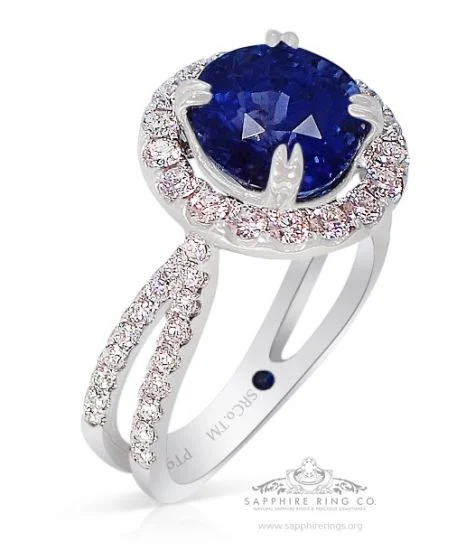
Today almost all sapphires and sapphire jewelry has seen online as well as in retail stores which are described as “natural” sapphires are not. Sadly, with new techniques in treating sapphires and rubies, most will have been enhanced. These “natural” sapphires are usually not accompanied by proper disclosure regarding the treatments that they have undergone. The word “natural” is intended to identify a sapphire crystal that has come from the ground ( not synthetically created).
What is most likely to be left out in the full description is the fact that the color and clarity, indicated as "natural", is really not just "natural", in almost all cases the color and clarity of the sapphire will come from various treatments that you may very well not be aware of. Today it’s estimated that 70% of sapphires sold as “natural” have been chemically enhanced and treated.
A natural sapphire is a sapphire crystal that has been created in the ground and the color has not been altered chemically or added to by diffusion or cooking the sapphire to extreme temperatures of around 1800 degrees Celsius and then enhanced chemically with treatments such as beryllium.
Note: Some natural sapphires can have traces of beryllium in them naturally. The GIA is carrying out extensive testing to see why and how this can occur naturally which we will show with our full laboratory reports if applicable, these sapphires are extremely rare and to date, we have left all of these sapphires with the GIA for further education and testing.

Natural Ceylon Sapphire uncut 3.50 ct's
Treating and heating stone is a very involved process that can significantly change the original appearance as well as the value of the rough corundum-sapphire that came out of the ground. By using very high temperatures in gas furnaces, these stones are heated for a period of up to 10 days at and above the melting point of the crystal (1800°C). Additives, such as lead glass and coloring agents, can be included in the heating process in order to fill in natural cavities, fissures, and cracks in the sapphires. Coloring agents are then diffused into the heating process, and in many cases, the coloring of the sapphire is completely altered. Trying to determine what you are buying is now a scientific research project in most cases and this is why today Sapphire Ring Co uses the Top Gem Laboratories for full gemstone identification and testing.
How are Sapphires measured?
Precious gemstones vary in density, for example when comparing a diamond and a sapphire of the same size, the sapphire will be heavier due to it's larger density. Gemstones are often classified by carats, which is a unit of weight, but for ease of selection and setting, size is a more useful measurement for sapphires, which we list in millimeters (mm). Our standard size for a round sapphire is 6 mm, which is approximately one carat.
Download the chart below and print it out for your own reference when selecting the size.
























